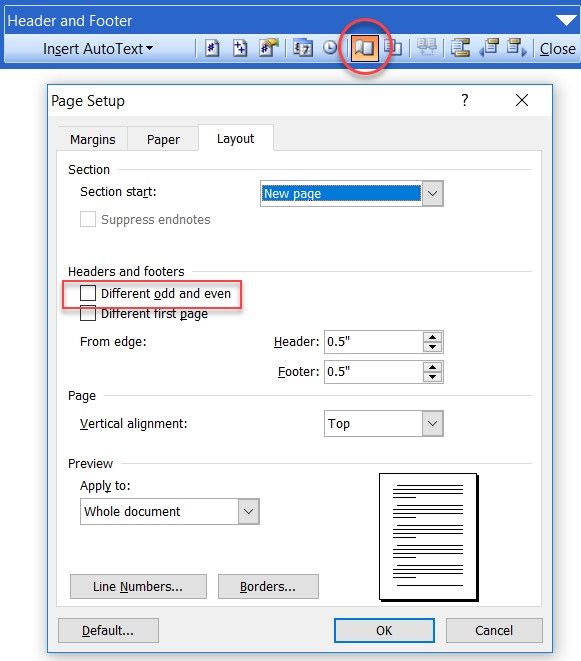

There are variations that you can try, as listed in the following Microsoft Knowledge Base articles.Many a time is happens that we are writing up word document and come to page numbering, it is simple to add page numbers in Microsoft Word Document. This may seem like a lot of work, but there is currently no way around it in Word. You want each formula to result in the total count of pages in all sections prior to the section in which the footer is located, along with the page number within that particular section.

To place two numbering systems in a document, follow these general steps: For that reason, I will describe the first solution here, and then provide links to the other solutions. There are several ways that you can tackle this problem, but the solutions tend to be rather involved. One counter will serve as the page number within the current section, and the other will serve as the page number for the entire document. This means that you need to actually come up with some way to run two independent counters. Doing so results in an error indicating that the SEQ field can only be used in the main document. You cannot use a SEQ field in your header or footer. This field is very useful for many purposes, but directly counting pages is not one of them. Those familiar with fields may also think about using the SEQ field. Using these fields, it is impossible to do develop two numbering systems, because the PAGE field is the only field that represents an actual count that increments with each page.

This field indicates the total number of pages in the entire document. If your document consists of a single section, then it represents the total number of pages in the document as a whole, the same as the results of the NUMPAGES field. This field indicates the total number of pages in the current section. If you don't modify it (by restarting it for the current section or changing the starting page number), then it represents the current page number for the document as a whole. This field indicates the current page number.

These are the only page number fields provided by Word: Word does not provide fields that you can use for such a purpose. Since page numbering is a section attribute, you cannot have two distinct numbering schemes in the same section. Page numbering is handled on a section-by-section basis you set it once for each section, and it affects the page numbers used in all headers and footers for that section. While you can independently link headers and footers with their counterparts in the previous section, you cannot do that with page numbering. It doesn't work to just specify that the numbering in headers restarts at 1 in each section and the numbering in the footers continues from the previous section. On the footer of the same page, you may want something like ',' which means you are on the thirty-fourth page of the entire document. For instance, in the header of each page you may want to show something like ' of 7,' which means you are on the second page out of seven in the current section. This is not unusual, particularly in technical documents. Depending on your needs, you may want to create two independent page-numbering systems within the same document.


 0 kommentar(er)
0 kommentar(er)
